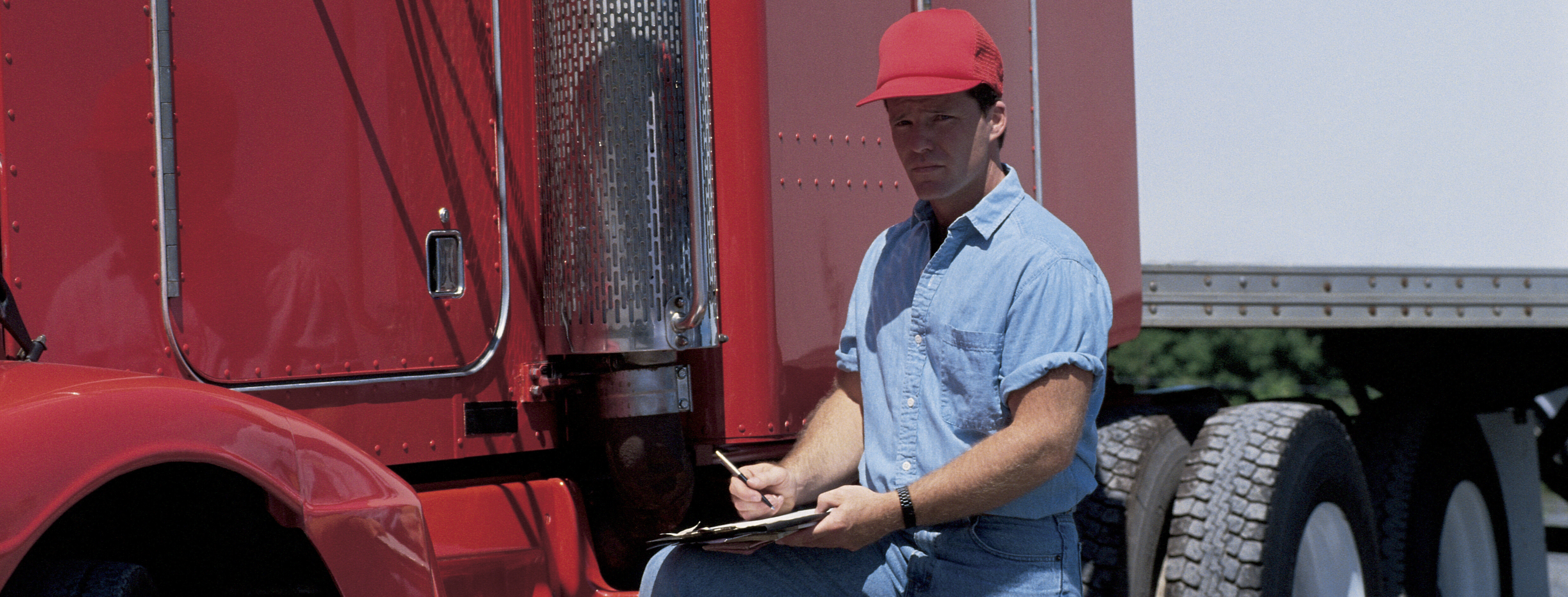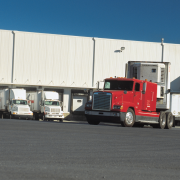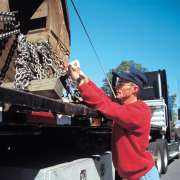
Operation Safe Driver Week takes place every year to create awareness around safe driving habits for both passenger and commercial motorists. In honor of Operation Safe Driver Week taking place July 9-15, 2023, the team at Drive My Way compiled this list of essential tips for truck driver safety from pre-trip planning to post-trip inspections.
When it comes to protecting yourself on the road, there are several factors to consider before you leave, while you are traveling, and once you reach your destination.
Prior to Hitting the Road
Truck driver safety starts before you even turn your rig on and get out on the road. By following these tips before you leave, you can help set yourself up for a successful haul.
- Prioritize Your Health: Regardless of what happens on the road, you will be better prepared to handle whatever comes your way by ensuring you get enough rest prior to leaving. By taking good care of yourself, eating a healthy diet, and exercising regularly, you will be physically and mentally ready for your next trip.
- Have a Game Plan: It is important to take time before your trip to plan your route, check weather forecasts and road conditions, make note of any areas with construction or low bridges, and plan for any alternate routes should adverse conditions occur. If you are traveling a route that is known to have high winds for example, it is important to remember to stay close to the shoulder and reduce your speed. It is also important to know when to wait out poor conditions rather than pushing through and putting yourself and others in danger. Now is also the time to make sure your rig is up to date for maintenance, and you have an emergency kit on board.
- Create a Comfortable Environment: No matter the distance, you want to make sure you are comfortable for the trip. We recommend having good music/podcast to listen to, plenty of water and healthy snacks, and making adjustments to your seat to ensure you are as comfortable as possible. Mapping out locations for your breaks will also help you stay on track and avoid being behind the wheel for too long at once.
Truck Driver Safety on the Road
Once you have begun your trip, there are several ways to ensure that your drive is as pleasant as possible, with few complications.
- Pay Attention to the Little Things: While there are basic practices that every trucker knows like the back of their hand, it is also a good reminder to pay attention to the routine behaviors such as doing your pre-trip inspection, wearing your seatbelt, turning headlights on at appropriate times of day, using turn signals, and checking your mirrors. Some of them items seem so routine that they may get missed, especially if you are feeling fatigue, but they are something police officers are heightened to checking during Operation Safe Driver Week, and during summer travel in general, so it always good to be take note.Rookie drivers are especially susceptible to these types of errors, so whether you are mentoring a new driver, or working a team driving job, it is always helpful to remind your partner. The Federal Motor Carrier Safety Administration (FMCSA) has several tips like these to help truckers stay safe on the road.
- Stay Alert: It is vital to stay alert during your drive to ensure you are able to handle changes as they come on the road. Whether it is safely changing lanes, watching blind spots, driving in construction zones, or practicing defensive driving, you will want to make sure you are alert and ready to handle evolving conditions. Defensive driving equips you with the tools needed to stay as safe as possible, reducing the risk of an incident by taking control of how you show up to the day’s drive. Unlike offensive driving, defensive driving allows you to let others adjust their driving based on your actions, rather than you reacting to them. This can reduce road rage, as well as reduce questionable liability in accidents with four wheels.
Staying alert also applies to stops just as much as it does while driving. Single drivers, especially women, are often targets on the road, so it is important to take note of your environment, report strange people or incidents to the proper authorities, and avoid truck stops that are not well-traveled.
- Maintain Speed and Distance: The foundation of safe driving is consistency, so maintaining your speed and distance will go a long way in creating a safe drive for not only yourself, but for all the other drivers on the road with you. According to the FMCSA, two significant factors in large truck crashes include drivers traveling too fast for the conditions and drivers following too closely. Other common moving violations include:
- Improper lane changes
- Improper turns
- Failure to yield to right of way
- Reckless driving
- Failure to obey a traffic control device
- Railroad grade crossing violations
Safety Doesn’t Stop at Your Destination
Even after you reach your destination, there are several truck driver safety tips to consider.
- Check for Safe Parking: Once you get to your destination, make sure you have a safe spot to pull into before parking your truck. A previous truck may have even left a path that you can follow to safely park your rig. Once you have parked, make sure that your headlights are turned off and that you have locked everything up.
- Take Care Unloading Freight: Your cargo may have shifted during the drive, so it’s important to take care when opening the door. If you are lifting any items, make sure to bend and lift with your knees to avoid throwing your back out. It is also vital to remember to check for workers and other drivers before closing doors or moving your truck away from the dock.
- Inspect Your Truck and Call It a Day: Every company requires post-trip inspections, so it is important to complete these before retiring for the day. Items on these inspections may include checking for flat tires, checking fluid levels, ensuring all headlights are working, etc. You may also need to record any damage that your rig sustained during the trip, especially if you encountered poor weather conditions, such as hail or high winds. For new truck drivers, these steps are especially important as you familiarize yourself with your truck and completing hauls.
Operation Safe Driver Week is an opportunity to remember these truck driver safety tips to ensure safe hauls every time you get out on the road.









